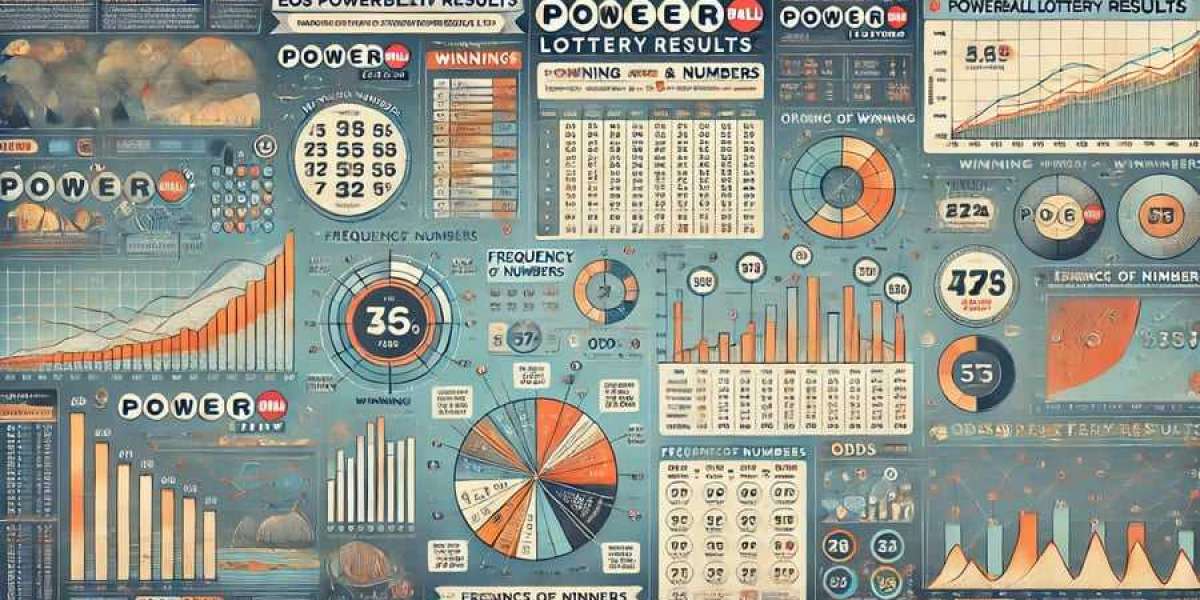Tin is a versatile metal with applications in electronics, packaging, automotive, and construction industries. It is primarily used as a solder in electronic components, making it critical to the global technology supply chain. Understanding the tin price forecast is essential for businesses and procurement professionals as fluctuations in tin prices significantly impact manufacturing costs and supply chain planning. This article explores the factors influencing tin prices, historical trends, market forecasts, and regional insights.
Latest Price Trends
Tin prices have experienced significant volatility in recent years due to supply chain disruptions, increasing demand from the electronics sector, and fluctuating mining outputs. The COVID-19 pandemic exacerbated supply shortages as mining operations in key producing countries like Indonesia and Myanmar were curtailed, pushing prices to record highs.
Recently, tin prices have been driven by robust demand from the electronics industry, where tin is essential for soldering circuit boards and other components. Additionally, the global push for renewable energy technologies and electric vehicles (EVs) has further increased demand for tin. However, concerns over supply constraints from major tin-producing regions have kept prices elevated, despite efforts to stabilise production.
Market Analysis
The tin market is shaped by a delicate balance between demand and supply. The primary factors influencing tin prices include mining outputs, global demand for electronic components, geopolitical events, and shifts in industrial applications.
Request a free sample copy in PDF: https://www.expertmarketresearch.com/price-forecast/tin-price-forecast/requestsample
Demand from Electronics
The electronics industry accounts for nearly 50% of global tin consumption, primarily for soldering. The increasing adoption of 5G technology, Internet of Things (IoT) devices, and advancements in semiconductors are major contributors to the rising demand for tin. Furthermore, the expansion of EV manufacturing has bolstered tin usage in batteries and electronic systems.
Mining Challenges
Tin mining is concentrated in a few countries, with Indonesia, China, and Myanmar being the largest producers. Supply constraints often arise due to environmental regulations, declining ore grades, and geopolitical instability. For example, production cuts in Myanmar due to regulatory crackdowns have significantly impacted global supply, leading to price surges.
Sustainability and Recycling
With the rising focus on sustainability, recycling tin has gained momentum as a way to supplement supply and reduce reliance on mining. However, recycled tin currently accounts for a small fraction of global supply and has not been sufficient to meet growing demand, keeping upward pressure on prices.
Global Economic Conditions
Macroeconomic factors, such as inflation, currency exchange rates, and energy costs, also influence tin prices. Rising energy costs, in particular, have increased production expenses for mining and refining, contributing to higher tin prices.
Historical Data and Forecasts
Historical Trends
Historical tin price trends reveal periods of stability punctuated by sharp volatility. For instance, tin prices surged during the 2011 commodity boom, reaching record highs due to supply shortages and strong demand. A similar pattern emerged in 2021-2022, when tin prices soared to historic levels following pandemic-related disruptions and heightened demand for electronics.
In recent years, tin prices have remained elevated due to ongoing supply-demand imbalances. Prices stabilised temporarily in mid-2023 as mining operations resumed in some regions, but concerns over long-term supply constraints have kept the market volatile.
Forecasts
Market analysts predict that tin prices will remain high over the next five years, driven by sustained demand from the electronics and renewable energy sectors. While increased mining efforts in regions like Africa and South America may ease supply constraints, challenges such as declining ore grades and environmental regulations are likely to keep production costs high.
In the short term, tin prices are expected to remain volatile due to geopolitical tensions, supply chain disruptions, and fluctuating demand from key industries. Long-term forecasts suggest a gradual price increase as demand for tin in emerging technologies, such as energy storage and solar panels, continues to grow.
Database Insights and Chart Representation
Access to reliable databases and price charts is critical for understanding the tin market. These resources provide insights into historical pricing data, supply-demand trends, and forecasts, enabling businesses to make informed decisions.
Recent price charts indicate that tin prices peaked during early 2022, followed by slight corrections as supply stabilised. However, prices remain significantly higher than historical averages, reflecting robust demand and persistent supply challenges. Regional price disparities are also evident, with Asian markets generally exhibiting lower prices due to proximity to major mining operations.
Price charts also highlight seasonal fluctuations, with demand typically increasing during the fourth quarter due to heightened production of consumer electronics for the holiday season. Businesses can use these insights to optimise procurement strategies and manage costs effectively.
Market Insights
Electronics Industry
The electronics sector is the largest consumer of tin, and its growth directly impacts tin prices. Advancements in semiconductor technology, the rollout of 5G networks, and the proliferation of smart devices have significantly increased demand for tin. As manufacturers look to improve production efficiency and meet growing demand, tin consumption is expected to rise further.
Read Full Report With Table Of Contents – https://www.expertmarketresearch.com/price-forecast/tin-price-forecast
Renewable Energy and Electric Vehicles
The transition to renewable energy technologies and electric vehicles is a key driver of tin demand. Tin is used in solar panels, energy storage systems, and EV batteries. As governments worldwide implement policies to promote clean energy, the demand for tin in these applications is likely to grow, adding upward pressure on prices.
Sustainability Initiatives
Sustainability trends are reshaping the tin market. Companies are investing in recycling technologies and exploring alternatives to traditional mining. While these efforts are commendable, they currently make up a small portion of the market, and their impact on prices remains limited.
Regional Insights and Analysis
Asia-Pacific
Asia-Pacific is the largest producer and consumer of tin, with China and Indonesia being key players. The region's dominance in electronics manufacturing makes it the primary driver of tin demand. However, environmental concerns and regulatory changes in mining practices have constrained supply, impacting prices. Indonesia, in particular, is exploring ways to add value to its tin exports by developing domestic processing capabilities, which could affect global supply dynamics.
North America
The North American tin market is driven by demand from the electronics and automotive industries. While the region relies heavily on imports, efforts to secure domestic supply chains and invest in recycling are gaining traction. Geopolitical tensions and trade policies could influence the availability and cost of tin in this region.
Europe
In Europe, the focus on sustainability and renewable energy is a major driver of tin demand. The region's push for clean energy technologies, including solar panels and energy storage systems, has increased the need for tin. However, Europe's limited domestic mining capacity makes it reliant on imports, exposing the market to price volatility.
Related Report
https://www.expertmarketresearch.com/reports/stainless-steel-market
https://www.expertmarketresearch.com/price-forecast/tin-price-forecast
Media Contact:
Contact Person: Leo Frank, Business Consultant
Email: sales@expertmarketresearch.com
Toll Free Number: US +1-415-325-5166 | UK +44-702-402-5790
Address: 30 North Gould Street, Sheridan, WY 82801, USA
Website: www.expertmarketresearch.com





